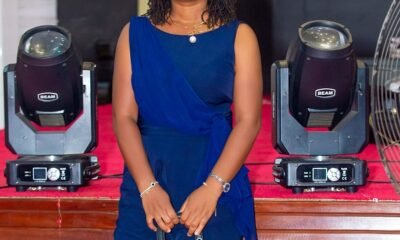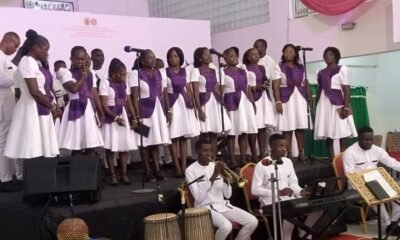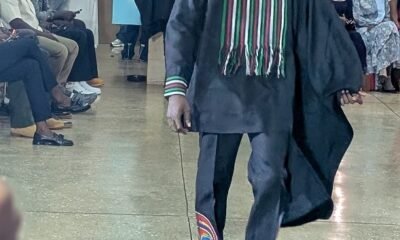Profile
Jacqueline Antwi-Danso …NSERC Banting Postdoctoral Fellow at the David A. Dunlap Department for Astronomy & Astrophysics

In the 1990s, astronomers discovered two distant, massive galaxies that had completely stopped, or quenched their star formation. The discovery marked a complete shift in everything astronomers thought they knew about how galaxies formed.
Massive galaxies like the Milky Way took several billion years to form. But those newly discovered galaxies did so in just a fraction of that time.
“The discovery meant that these galaxies were older than the age of the universe, which is physically impossible,” says Jacqueline Antwi-Danso, the NSERC Banting Postdoctoral Fellow at the David A. Dunlap Department for Astronomy & Astrophysics.

“When we look at the formation histories of these distant quenched galaxies, the observations suggest that they formed too quickly and too early compared to what we see in cosmological simulations.”
Antwi-Danso is tackling one of astronomy’s biggest challenges in her search to find the earliest distant quenched galaxies in the universe. She is particularly interested in how these galaxies formed and when they stopped forming stars.
Astronomers have discovered several more distant, quenched galaxies at increasingly earlier periods in the universe’s history. These galaxies are more massive than the Milky Way and yet formed within a billion years of the Big Bang (which happened nearly 14 billion years ago). In other words, they formed their stars extremely rapidly, unlike any galaxy observed in the present-day.
So, what does this all mean for astronomers? The extreme star formation processes implied by these observations of distant quenched galaxies are uncomfortably close to the limits permitted by galaxy formation physics. Therefore, trying to understand these objects in more detail is a high priority research area for astronomers.
Massive galaxies like the Milky Way have up to a trillion stars and are characterised by luminous, spiral-like arms of active star formation. Meanwhile, distant, quenched galaxies are composed of old stars and look like relics: small orange-red blobs. This is because their light has been “stretched out” to infrared wavelengths due to the expansion of the universe, which also makes them fainter and harder to spot.
At U of T, Antwi-Danso is building on significant findings from a study she participated in as a PhD student at Texas A&M University. Using the 8-metre telescope at the Gemini South Observatory based in Chile, the FENIKS collaboration surveyed large areas of the sky to increase the chances of finding these rare massive galaxies. They designed and installed two new imaging filters on the telescope to push the boundary of what was possible with ground-based infrared telescopes. The survey led to two critical discoveries.
The first was the identification of two new distant quenched galaxies. The discovery confirmed existing knowledge about the formation histories of distant galaxies, “namely, that these galaxies form too early and too quickly based on what theory predicts,” Antwi-Danso explains.
The study also highlighted that astronomers can reliably use ground-based telescopes to observe distant quenched galaxies as far back as 12.5 billion years into history of the universe. To detect them at earlier times than this, space-based data is required.
Additionally, astronomers are rethinking long-standing models of galaxy formation as they observe distant quenched galaxies with supermassive black holes at their centers emitting energetic radiation.
This is important, Antwi-Danso says, because the differing models for light emission from stars and supermassive black holes can affect estimates of the physical properties of these distant galaxies.
As more questions arise, there is an increasing need to ensure the accuracy of the physical properties of distant quenched galaxies derived from modeling their observations. Fortunately, there have been significant technological advancements to address this need.
Harnessing the power of space-based technology
The next stages of Antwi-Danso’s research involve further exploration of those two distant galaxies she discovered from Chile. To do so, she’s leveraging the power of the James Webb Space Telescope (JWST).
Distant galaxies are hard to detect because their emitted light is shifted to infrared wavelengths, where the earth’s atmosphere blocks most of the light. The sky in the infrared is about 10,000 times brighter than the typical distant massive galaxy. This makes it extremely difficult to detect the most distant quenched galaxies using ground-based telescopes.
The JWST – which launched in December 2021 – is about 100 times more sensitive than the largest ground-based infrared telescopes and can observe galaxies in a fraction of the time of its predecessors.
In fact, it has doubled the number of spectroscopic observations of the most distant, quenched galaxies within only two years of operation. Before its launch, astronomers had spectra of only 35 of these galaxies observed within the first two billion years of the universe’s history.
To further observe those two galaxies, Antwi-Danso will use data from the JWST to examine their spectra – the light emitted by these galaxies over a range of wavelengths – which can reveal information like chemical composition. Insights will help provide a more accurate understanding of their formation histories to compare with updated cosmology simulations, and, hopefully, offer new answers about possible tensions between theory and observations.
Additionally, Antwi-Danso is part of the Canadian NIRISS Unbiased Cluster Survey (CANUCS), a multi-institutional collaboration that uses gravitational lensing — a phenomenon where a massive object acts as a cosmic magnifying glass — to study the building blocks of the earliest galaxies.
Within that collaboration, Antwi-Danso is also a researcher on the Technicolor Survey, which employs multiple filters on the JWST’s Near-Infrared Camera to observe quenched galaxies at wavelengths that are inaccessible from the ground.
“We want to find galaxies that contain the first generations of stars, and then model their observations with galaxy formation models to infer their physical properties and star formation histories,” Antwi-Danso says.
With the technological advantages provided by the JWST to push the boundaries of distant galaxy observations, Antwi-Danso’s research will provide valuable insight into understanding how early galaxies came to be.
“We’re really excited to see where the results lead and to compare those observations with current theoretical predictions for these distant massive galaxies.”
Profile
Edwina Anokye-Bempah Redefining Trust in Ghana’s Real Estate Landscape
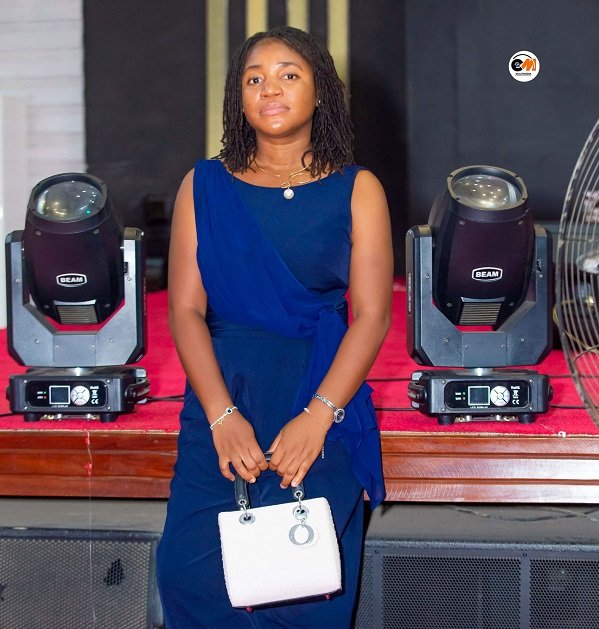
Every morning begins the same way for Edwina Anokye-Bempah, with quiet devotion. It is her grounding ritual, a moment of reflection and gratitude before she steps into the dynamic, often unpredictable world of real estate brokerage.
By the time she arrives at the office, she has already set the tone for her day. She reviews the previous day’s tasks, checks what was accomplished and what still needs attention, and then drafts a new to-do list. For her, success is rooted in deliberate planning, discipline, and the commitment to follow through.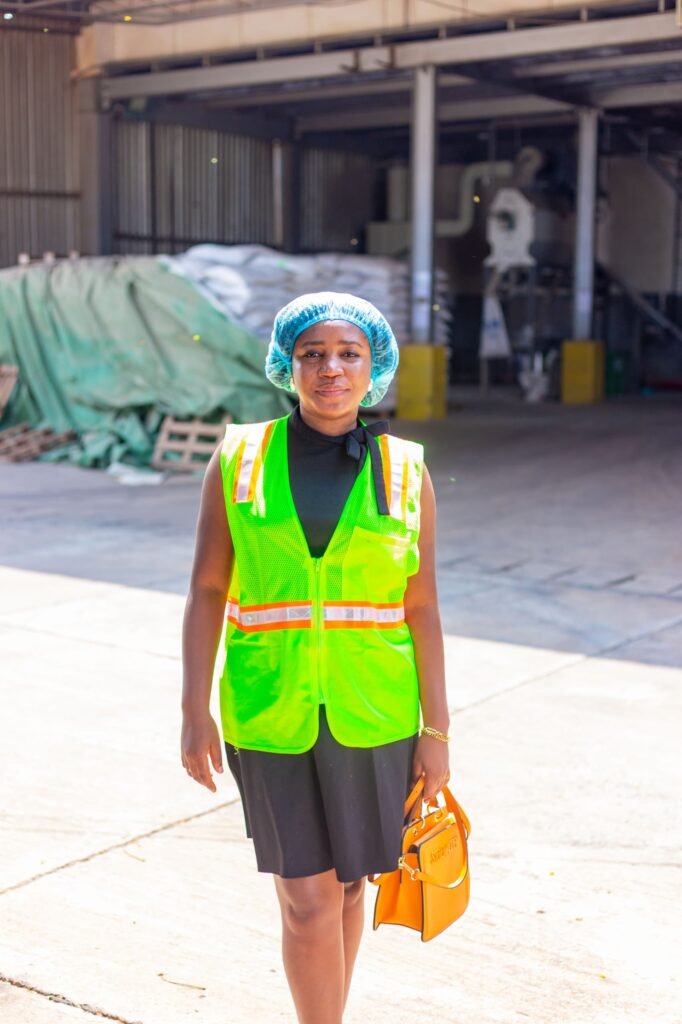
Today, Edwina stands out as one of Ghana’s promising real estate brokers, but she is also clear about the distinctions within her field. While many people casually use the term ‘realtor,’ she is quick to explain that only professionals registered with the National Association of Realtors can claim that title.
“Since I am not registered with the association, I am a real estate broker,” she says. It is a role she embraces wholeheartedly, facilitating transactions, connecting buyers and sellers, and ensuring clarity and integrity at every step.
Her journey into the industry took shape at MeQasa, an online platform dedicated solely to real estate. The platform exposed her to developers, agents, and the complexities of property transactions. She worked closely with developers and observed one recurring problem: clients often complained about agents who failed to respond, follow up, or provide accurate information.
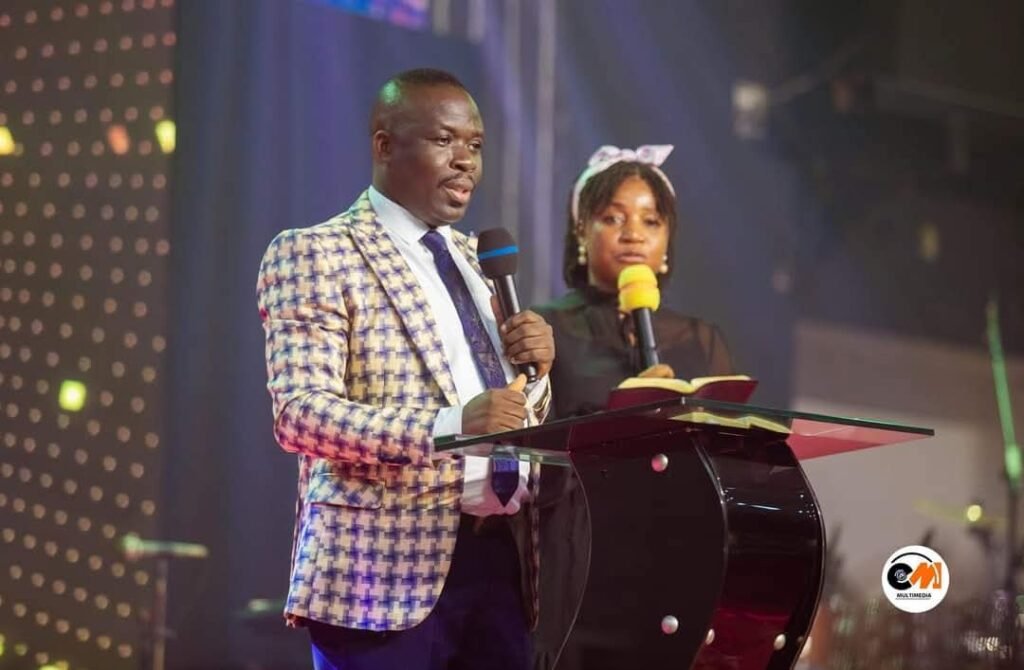
With her background in sales and marketing, Edwina felt naturally drawn to the field. It was an industry where she believed she could make a meaningful, positive impact. Real estate, she came to learn, is far more than brick and mortar. It is about helping people secure one of the most important investments of their lives. This understanding shapes every decision she makes.
One of the most challenging tasks in her work is qualifying clients.
“A serious buyer must be willing, ready and able,” she explains. When one of these three qualities is missing, the transaction is likely to stall or collapse entirely.
On the seller’s side, due diligence is equally critical. Ownership disputes, land fraud, and unclear documentation remain some of the biggest risks in Ghana’s real estate sector.
Edwina understands the weight of the responsibility she carries. “The money involved is huge. These are people’s lifetime savings. Most people buy one home or maybe two in their entire lives. You cannot afford to make a mistake.”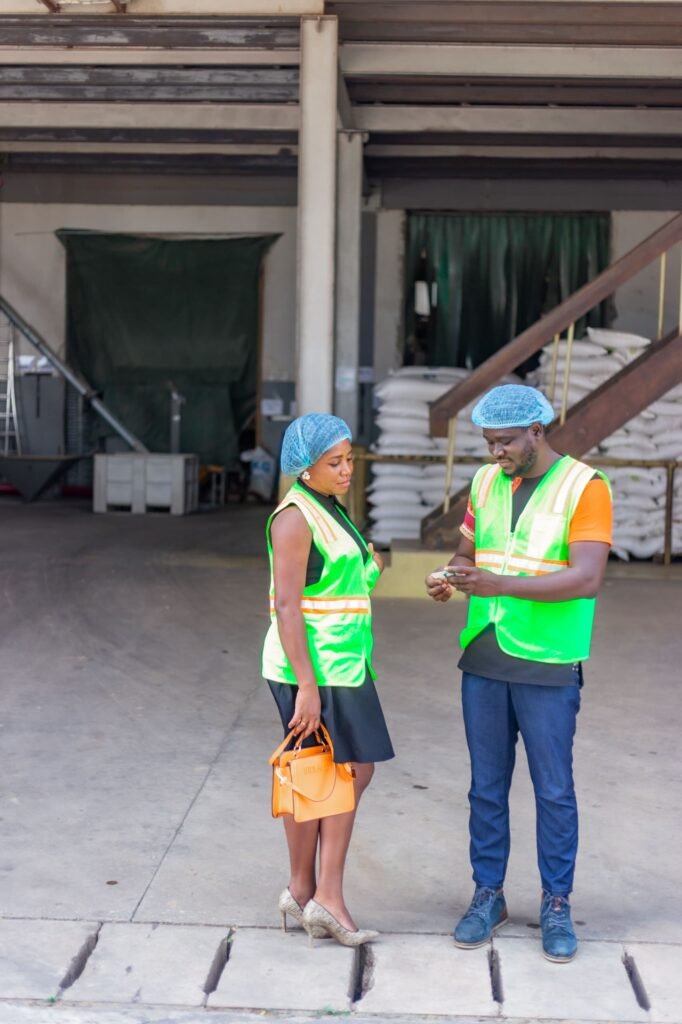
Working in what many describe as a male-dominated field has never intimidated her. With an MBA in Marketing and extensive experience in sales roles including a stint as an Account Manager in an advertising agency, she has grown comfortable handling clients, negotiating deals, and presenting herself with confidence.
“My gender has never discouraged me,” she says. “What matters is hard work and ensuring that the client’s needs were met.”
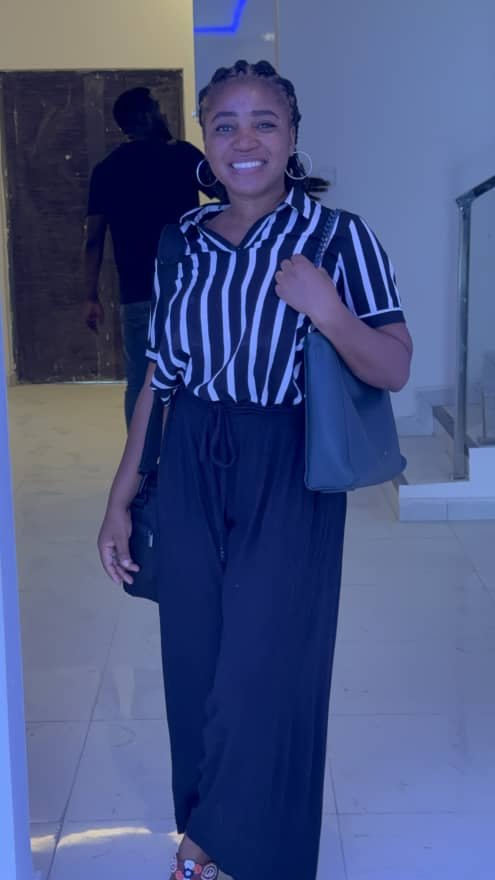
The only occasional challenge, she admits, was maintaining professional boundaries when some men attempt to be overly familiar. Her solution is simple: stay professional and do not over-familiarise yourself with clients.
Her educational journey started in Kumasi, followed by Yaa Asantewaa Girls’ Senior High School, where she studied Agricultural Science. She continued the same at the University of Ghana before pursuing her master’s degree. After university, she worked on her uncle’s poultry farm before moving into advertising. Later, her role at MeQasa finally opened the door to the career she had long been unknowingly preparing for.
Over the years, Edwina has built a reputation not only for competence but also for care. She recalls one client in particular, an older man relocating to Ghana with no family in the country. After helping him secure two homes, she became the closest person he could rely on. One evening at around 8 p.m., he called to say he felt unwell. Without hesitation, she drove to his home and rushed him to the hospital. Doctors later told her that any delay could have been fatal.
For Edwina, that moment affirmed that the job goes far beyond selling property. “It doesn’t end with the sale,” she says. “You have to look out for people.”
Her influence also extends to younger people observing her journey. She is known for her tenacity, her refusal to give up on clients or tasks, and her resilience in the face of challenges. Those who work around her learn to push forward regardless of setbacks.
“If a deal doesn’t go as expected, you don’t look back. You find a way.”
Beyond real estate, Edwina serves as an interpreter in her church, a role that dramatically boosted her confidence. What began with trembling legs has evolved into a boldness that reflects in her public speaking and client interactions. She credits her growth to God, her senior pastor, her mother, siblings, friends, and her dedicated team — “an amazing circle,” she calls them.
Today, she is also a partner in a showroom business dealing in vanity units, sanitary wares, and tiles, an extension of her real estate insight and experience.
For young people aspiring to join the industry, her advice is clear: “Learn the industry beyond selling. Understand transactions, build strong relationships, and always do your due diligence.”
For Edwina Anokye-Bempah, real estate is more than business; it is trust, service, and impact, one client at a time.
By Esinam Jemima Kuatsinu
Join our WhatsApp Channel now!
https://whatsapp.com/channel/0029VbBElzjInlqHhl1aTU27
Profile
How a Collapsed Dream Birthed Another: Daniel Debrah’s Music Journey
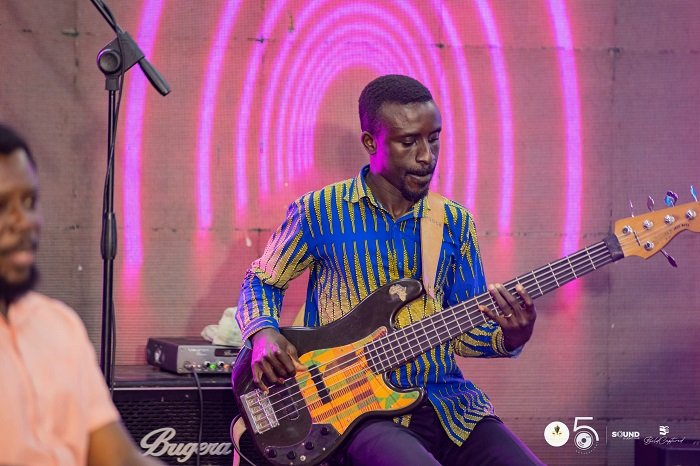
From the age of five, Daniel Nana Kwesi Kakra Debrah has lived a life surrounded by rhythm, harmony, and the quiet pulse of music. Growing up in a home where instruments filled corners and rehearsals were as normal as conversation, Daniel’s first teachers were not in formal classrooms—they were the sounds, movements, and discipline he absorbed from his father, a committed church musician.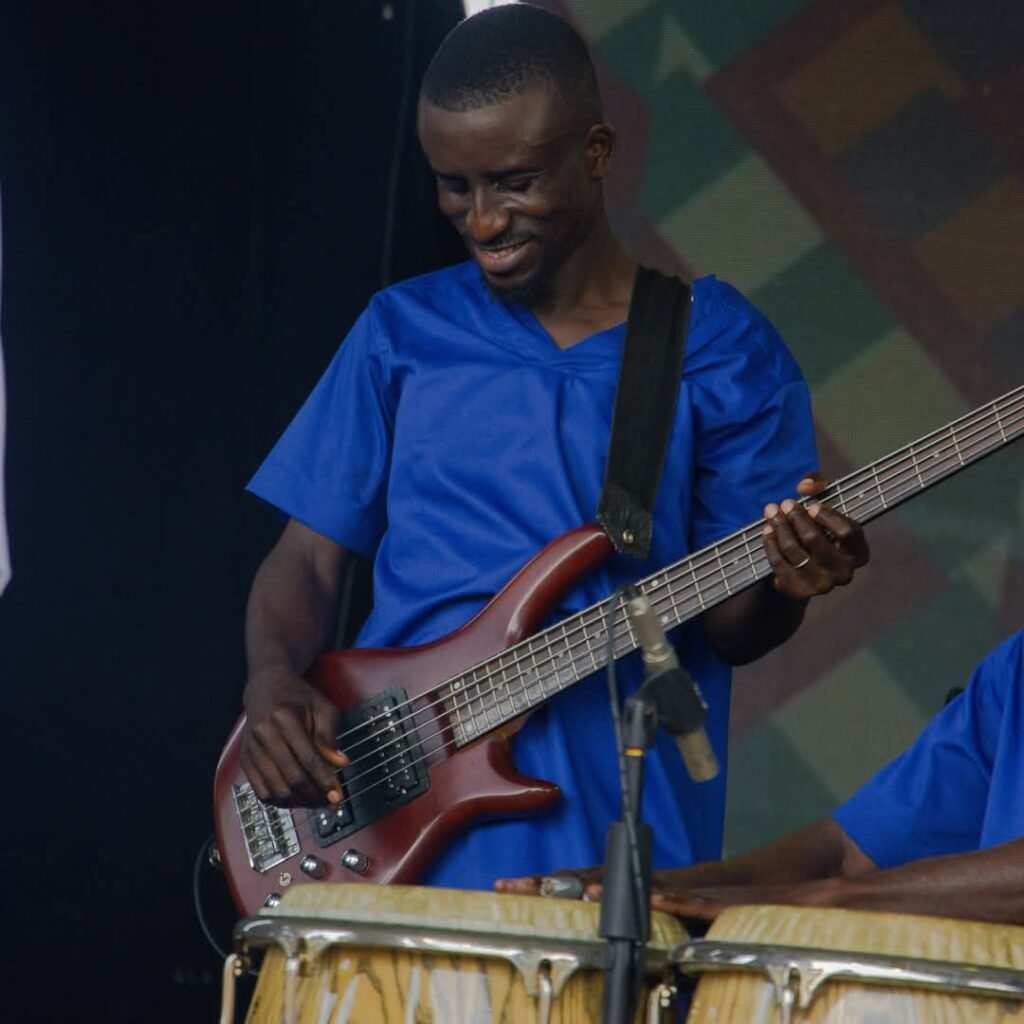
Ironically, music was not Daniel’s first dream. Like many young boys, he once hoped to become a professional footballer. But an injury from a school match left him unable to walk for three months, forcing him to retire that ambition. What seemed like a tragedy at the time became the turning point that aligned him with the path he was always meant to follow.
Daniel’s earliest musical expression began in church. As a boy in Sunday School, he eagerly ‘pounded’ the drums, quickly becoming known as the child who never missed an opportunity to play. Even in Senior High School (SHS), although many of his classmates were unaware of his talent, he continued practising quietly until completing school in 2005.
After SHS, Daniel joined a church music class with the intention of growing as a drummer, but one moment changed everything. Watching a bass guitarist perform stirred something in him. Drawn to the deep, steady tones of the bass, he persuaded a friend to teach him the basics. With no instrument of his own, Daniel practised at home using a broken guitar for more than eight months.
Then destiny intervened. The church’s lead bassist was suddenly suspended, and Daniel stepped in voluntarily during an evening service. That temporary voluntary act became permanent as he was asked by the then Music Director to fill in the gap. From that point, he embraced the bass guitar fully—a decision that defined the rest of his life.
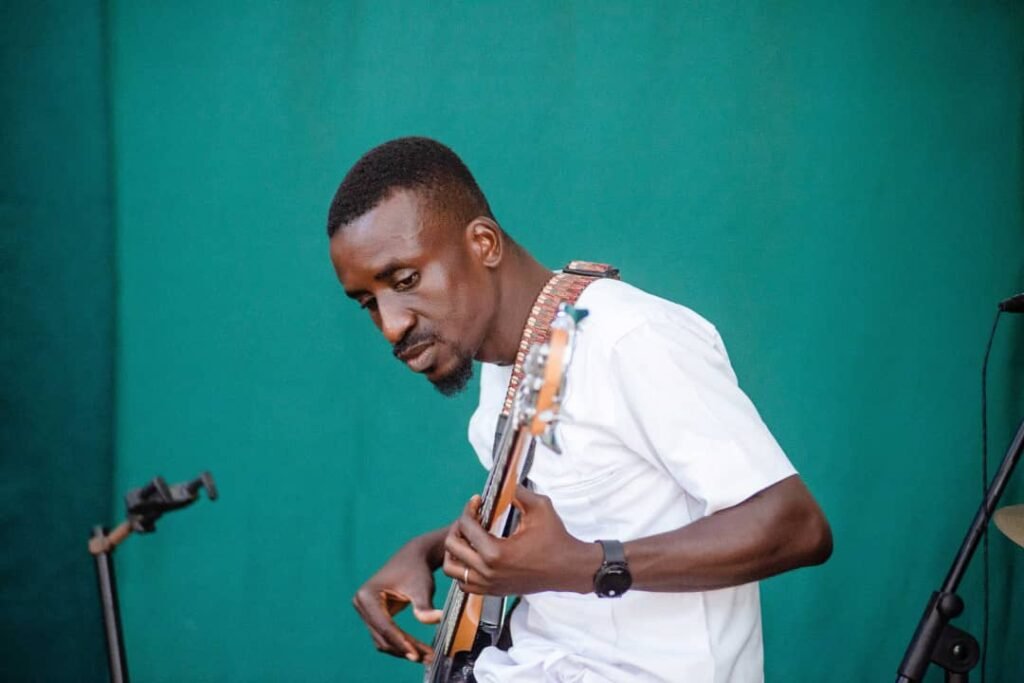
Around 2006, Daniel made a life-changing decision to take his craft seriously. He began practising for hours on end, sometimes up to eight hours a day, often without food, locked away from family and friends, perfecting techniques and expanding his creativity. While others assumed he was outdoors socialising, Daniel was indoors sharpening his gift.
His breakthrough came in 2007 when he performed in the TV3 Bands Alive competition. The exposure, applause, and feedback confirmed his dream: “music was not just a passion; it was his calling,” he said.
With time, Daniel moved confidently into the professional space. He performed at studio sessions, live concerts, weddings, church events, and high-profile national programmes. His talent, discipline, and reliability earned him a reputation that continues to attract respected gospel artistes.
Today, he works closely with Daughters of Glorious Jesus, Chris Apau, and Israel Ofori, who have been of immense help to his career ministry. He also collaborates with several ministries and offers support with musical arrangements, live performances, and studio recordings.
Beyond the stage, Daniel sees himself as a mentor. Many young musicians reach out to him, some visiting in person, others calling for guidance. Whether through hands-on training or virtual coaching, he is always ready to teach. For Daniel, music is not just technique; it is character, discipline, and values. He believes a musician must carry integrity both on and off stage.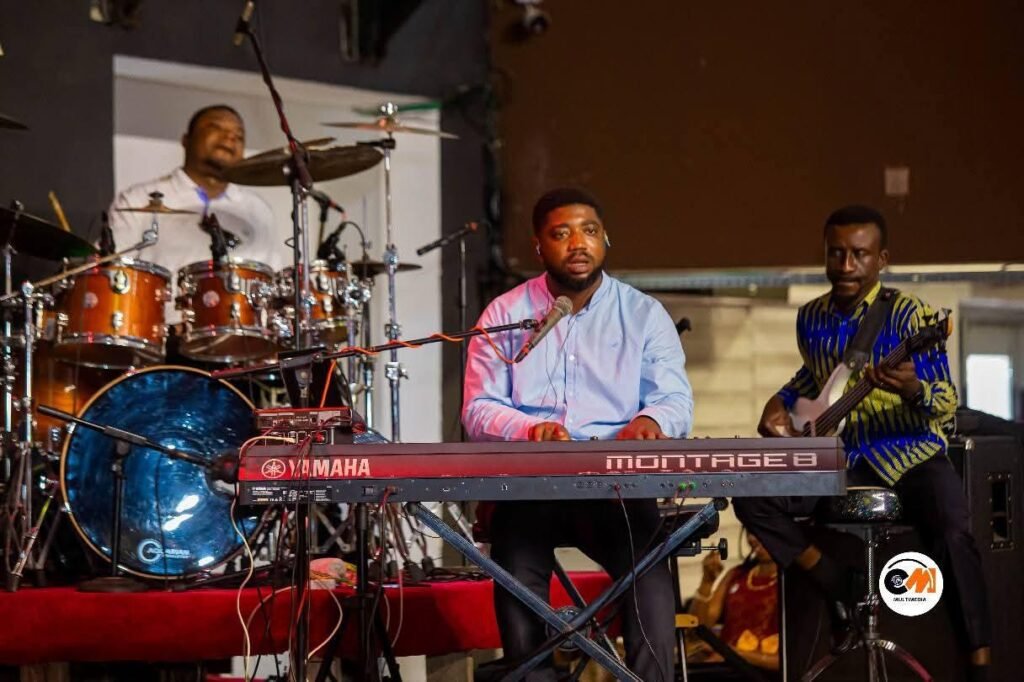
Like many musicians in Ghana, Daniel has faced challenges with delayed payments and broken agreements. These experiences have taught him to value professionalism. He now insists on part payment upfront and charges more for his services, a decision grounded in self-respect and fairness.
Daniel’s journey in music has been shaped by various individuals who have supported him at different stages of his career. He acknowledged Opoku Agyeman Sanaa, Kofi Ennin, Andrew Klu, Mr. Samuel Abbey, Mr. Samuel Sarpong Agyei, Paul Quartey, Mr. Nene Emmanuel, and Mr. Isaac Asiedu, saying that their belief in him continues to inspire his journey.
Daniel’s work is guided by his Christian faith. He sees music as ministry, not merely entertainment. Off stage, he is a devoted family man—a husband and father of two, a boy and a girl, who have also started playing musical instruments. During his leisure time, he listens to music, or plays football and action video games.
Through his acts of service and unwavering determination, Daniel continues to inspire others, proving that when passion meets integrity, ordinary men impact the lives of others.
By Esinam Jemima Kuatsinu

